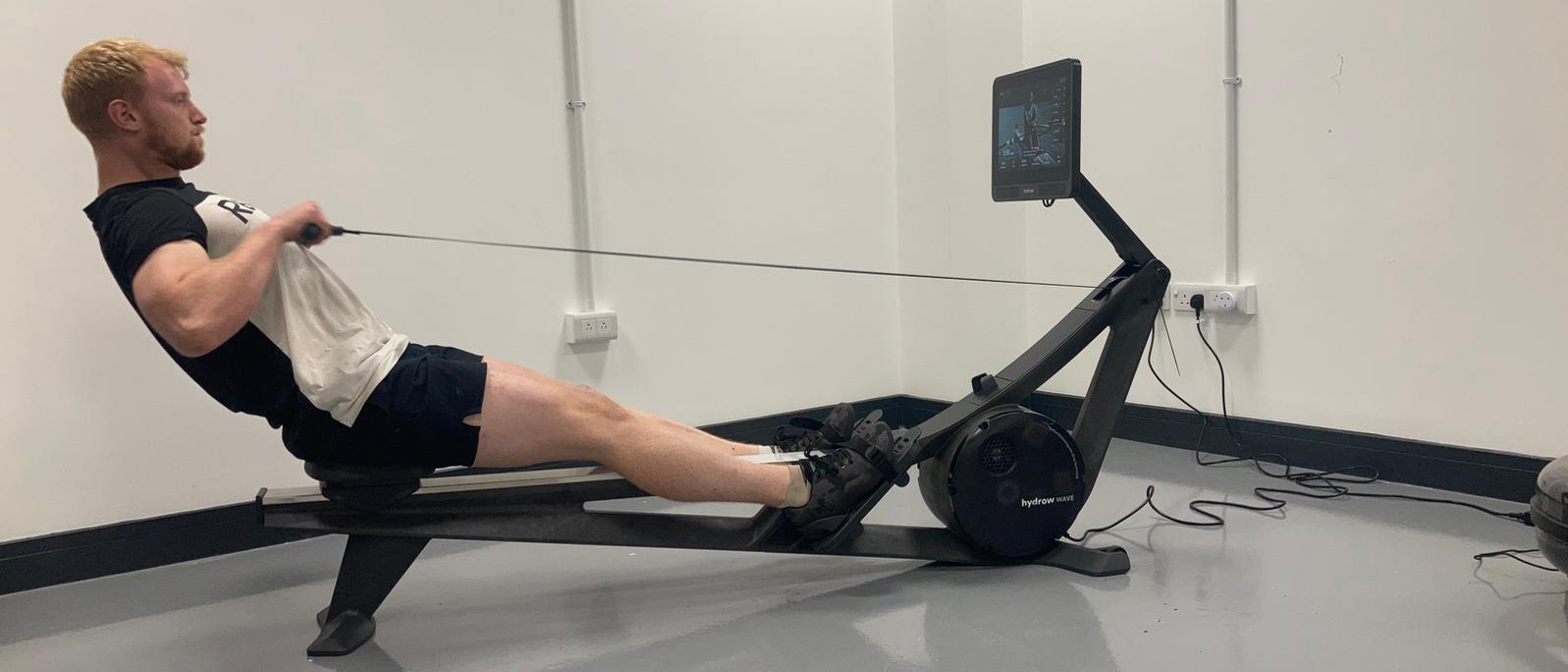Live Science Verdict
The Hydrow Wave takes an already impressive machine and improves upon its flaws, providing a cheaper and more compact version of the original rower without sacrificing the performance that made us fall in love with its predecessor.
Pros
- +
Engaging workouts with expert coaches
- +
Realistic on-water rowing experience
- +
More compact design
Cons
- -
Monthly subscription is still expensive
- -
Not foldable
Why you can trust Live Science
The best brands can take something good and make it even better, and that’s exactly what Hydrow has done with the all-new Hydrow Wave.
Having managed to get our hands on the machine ahead of its hotly-anticipated launch, we can say with confidence that this is one of the best rowing machines on the market right now, offering the same great features and performance of the original Hydrow Rower in a more affordable, compact package.
Resistance: Software-driven electromagnetic resistance
Resistance settings: Adjustable drag factor
Display: 16in HD touchscreen
Dimensions: 80” x 19” x 43”
Folding: No
Heart rate: Not in-built, but it can be linked to wearables such as the Garmin HRM-Dual chest strap
App compatibility: Hydrow platform on touchscreen. Hydrow app also available on mobile and tablet.
When we put its forerunner to the test, we loved the crystal clear touchscreen, immersive on-water workouts, expert coaches and realistic rowing experience offered by its unique computer-controlled electromagnetic resistance system (more on that later).
But there were a couple of black marks against the original machine – namely, its significant size and hefty price tag.
Invest in the Hydrow Wave, however, and you’ll get a smaller machine while saving a healthy $1,000 – it has an MSRP of $1,495. Yet, aside from the slightly smaller screen, it didn’t seem to sacrifice any of the premium performance features of its predecessor.
As a result, we think this could be the machine you need to provide fun, effective sessions that can revolutionize your home workout routine. So read on to find out more about our experiences testing the new Hydrow Wave, and see if it’s the right fit for you.
Price and release date
The Hydrow Wave is a smaller and (much) cheaper alternative to the original Hydrow Rower. It was released in August this year (2022) and is available for $1,495 in the US or £1,395 in the UK, which is significantly less than its predecessor which costs $2,850/ £2,040.
At $38/£38 a month, a subscription to the Hydrow platform is on the expensive side, but if you’re using the machine multiple times each week and finding it’s a form of exercise you really enjoy, we think this is a worthy investment – particularly when compared to other workout apps or seldom-used gym memberships.
Design and set-up
While it’s slightly more difficult to put together than its forebearer, setting up the Hydrow Wave is still a fairly simple procedure. A nine-step guide walks you through the assembly, with the rail, screen, monitor arm, seat, foot plates, front foot and frame needing to be connected. However, this process was made much easier for us as our unit was assembled by the delivery team.
Now, on to the design.
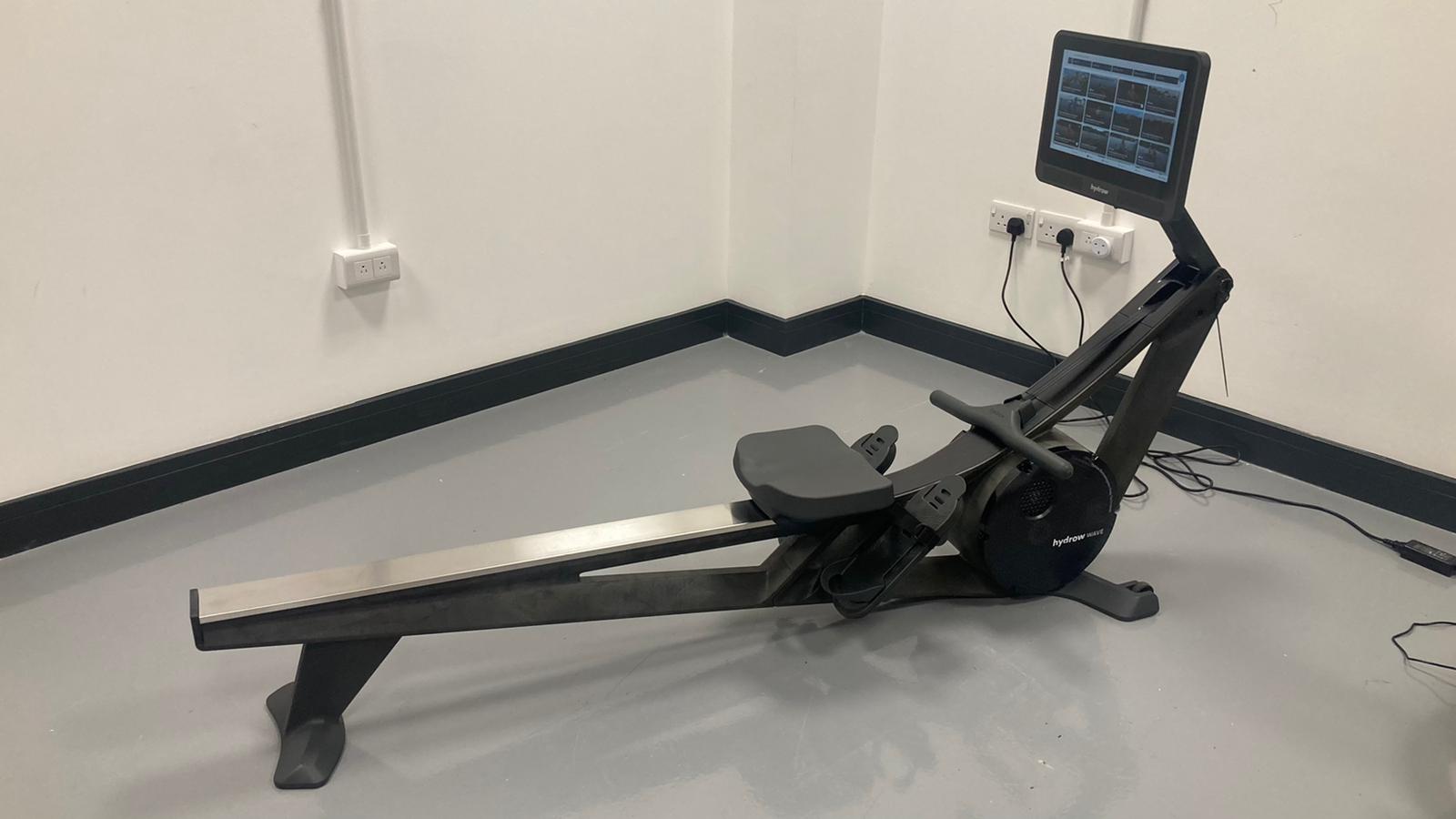
The Hydrow Wave doesn’t have the same spaceship-like aesthetic of the Hydrow Rower, which has a single-piece structure resembling a silver Nike tick. This works in the newer model’s favor, with its hollow body making it much lighter (down from 145lb to 102lb) and more maneuverable. This is helped by wheels on the front legs, which allow you to roll it around with ease.
It’s also smaller than the Hydrow Rower, coming in at 6in shorter, 6in narrower and 4in lower. These numbers may not sound revolutionary, but the machine definitely looked noticeably more compact and was much easier to move around.
We would have liked to have seen some sort of foldability, but you can store it upright to minimize the floor space it takes up. Although, you’ll need to invest an extra $80 in the Hydrow Upright Storage Kit to do this.
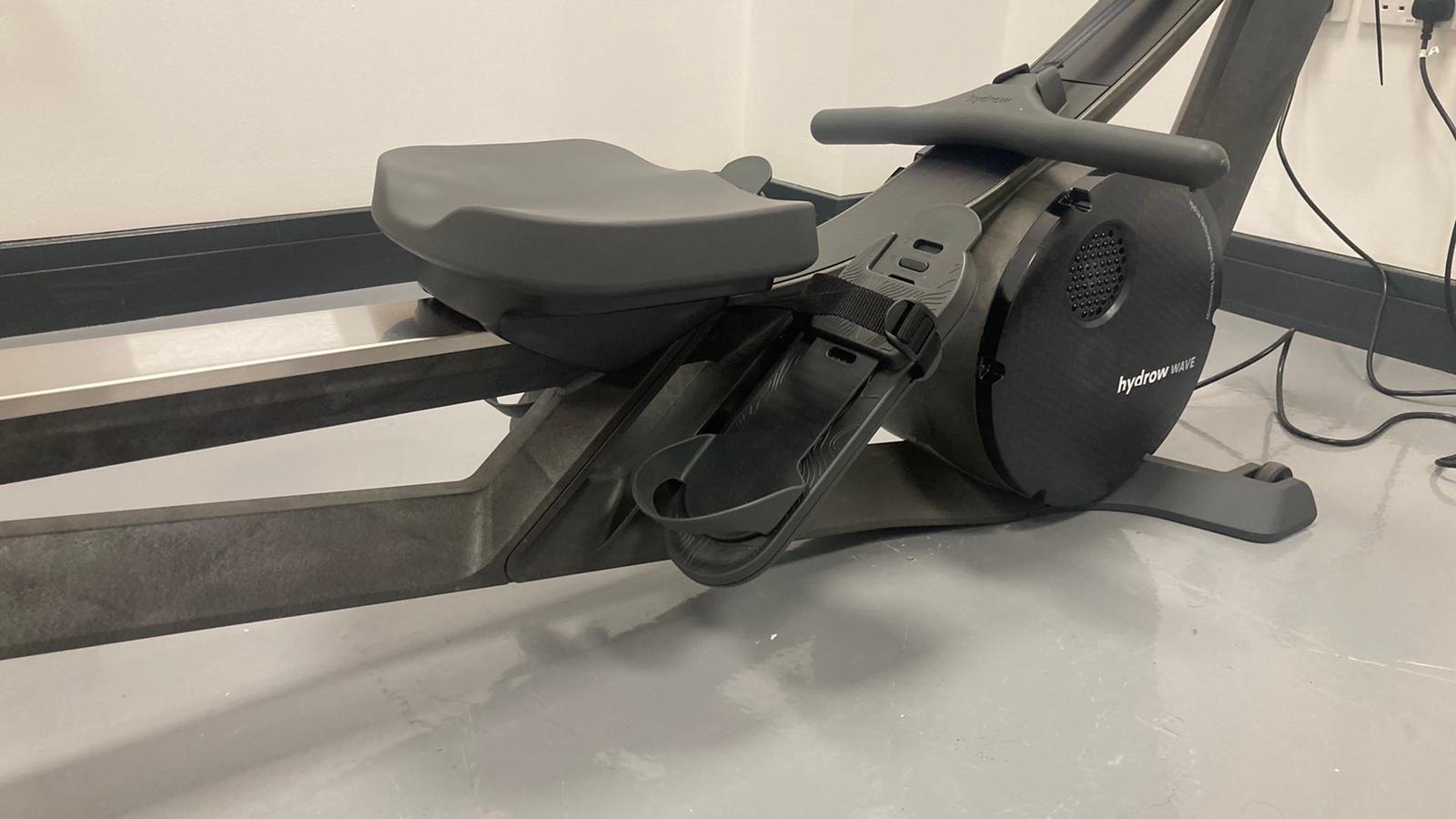
We think the Hydrow Wave delivers when it comes to overall look and feel too. To save on price and size, it ditches some of the sturdy features of the Hydrow Rower such as the metallic 10-roller rail and solid base. But, the hollow plastic replacements still feel robust, and the dark gray paint job on its sleek silhouette gives the machine a polished finish.
Ease of use
One of the biggest benefits of rowing machines is how accessible they are. After all, while those new to weightlifting might need a personal trainer to talk them through the intricacies of each movement, to start using a rowing machine all you really have to do is sit down and pull.
Aside from requiring you to create an account and subscribe to its exclusive platform, the Hydrow is no different. In fact, it goes further than most rowing machines to help you master the art of rowing.
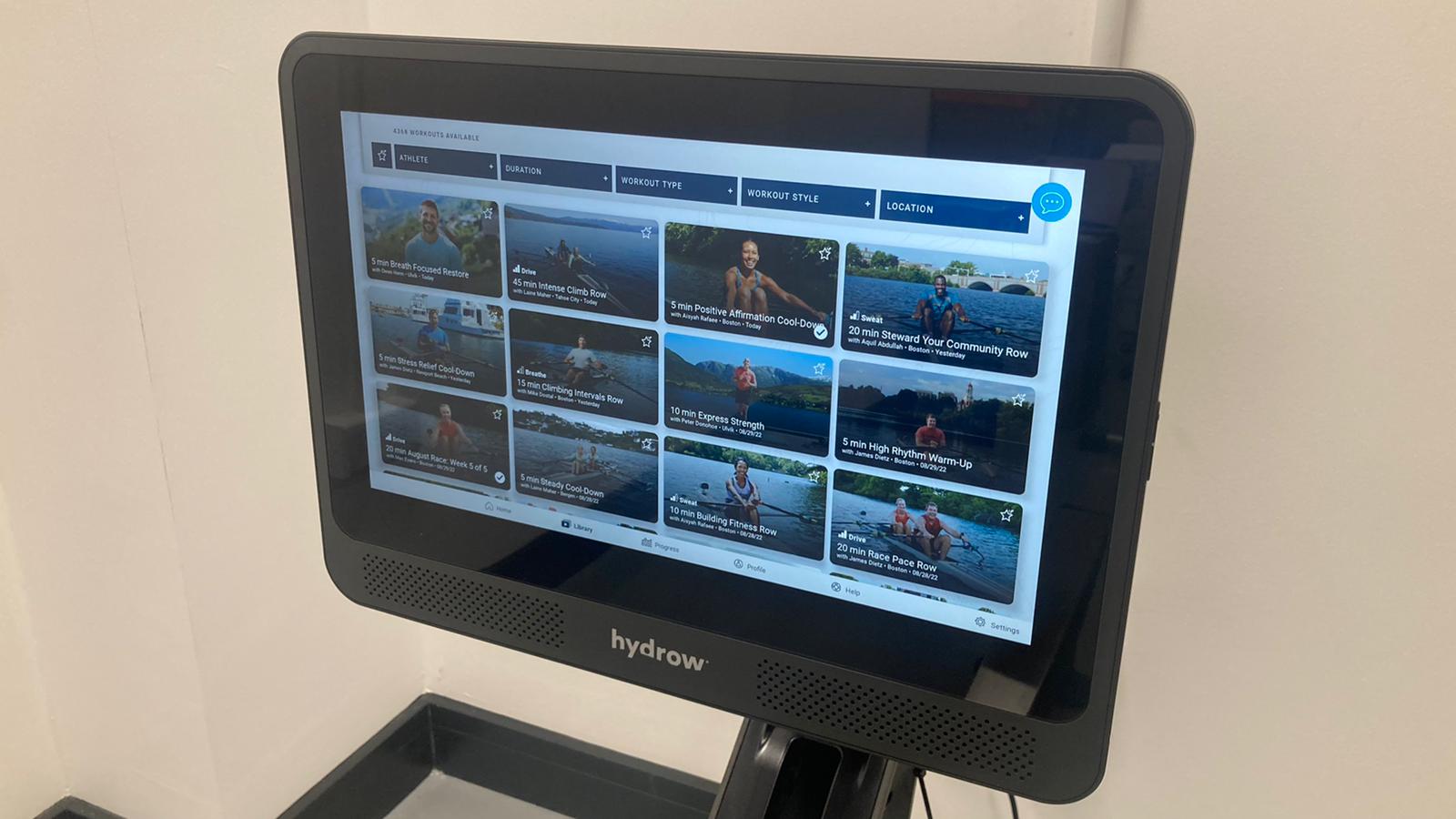
The first thing you’ll be asked to do once you switch it on is complete a short instructional session. Here, you’ll be talked through correct technique and the meaning of the on-screen metrics by a somewhat overqualified teacher – former Team USA Olympic rower Aquil Abdullah. There are also further video tutorials available, which we found extremely helpful when getting a feel for the machine and learning how to get the most out of our time on the rower.
Next up is the home screen, which delivers the same boat-load of live and on-demand workouts to choose from as the Hydrow Rower. Scrolling through them is a breeze thanks to the responsive 16in HD touchscreen, and to make things even easier you can filter sessions based on their type, style, duration and even location.
Functionality and performance
When you buy the cheaper version of something, you usually expect to have to compromise. Yet, somewhat miraculously, that rarely seems to be the case with the Hydrow Wave.
The clever electromagnetic resistance system still offers a realistic and dynamic rowing experience, and the rail moves smoothly while proving long enough for our taller (6ft 2in) tester to fully extend their legs with each stroke.
The access to the app is also unfettered, with more than 4,300 workouts at our fingertips at the time of review. As with the Hydrow Rower, these include a healthy mix of live sessions and on-demand workouts of varying durations and intensities, as well as off-rower classes in yoga, Pilates, HIIT, strength, cross-training and more.
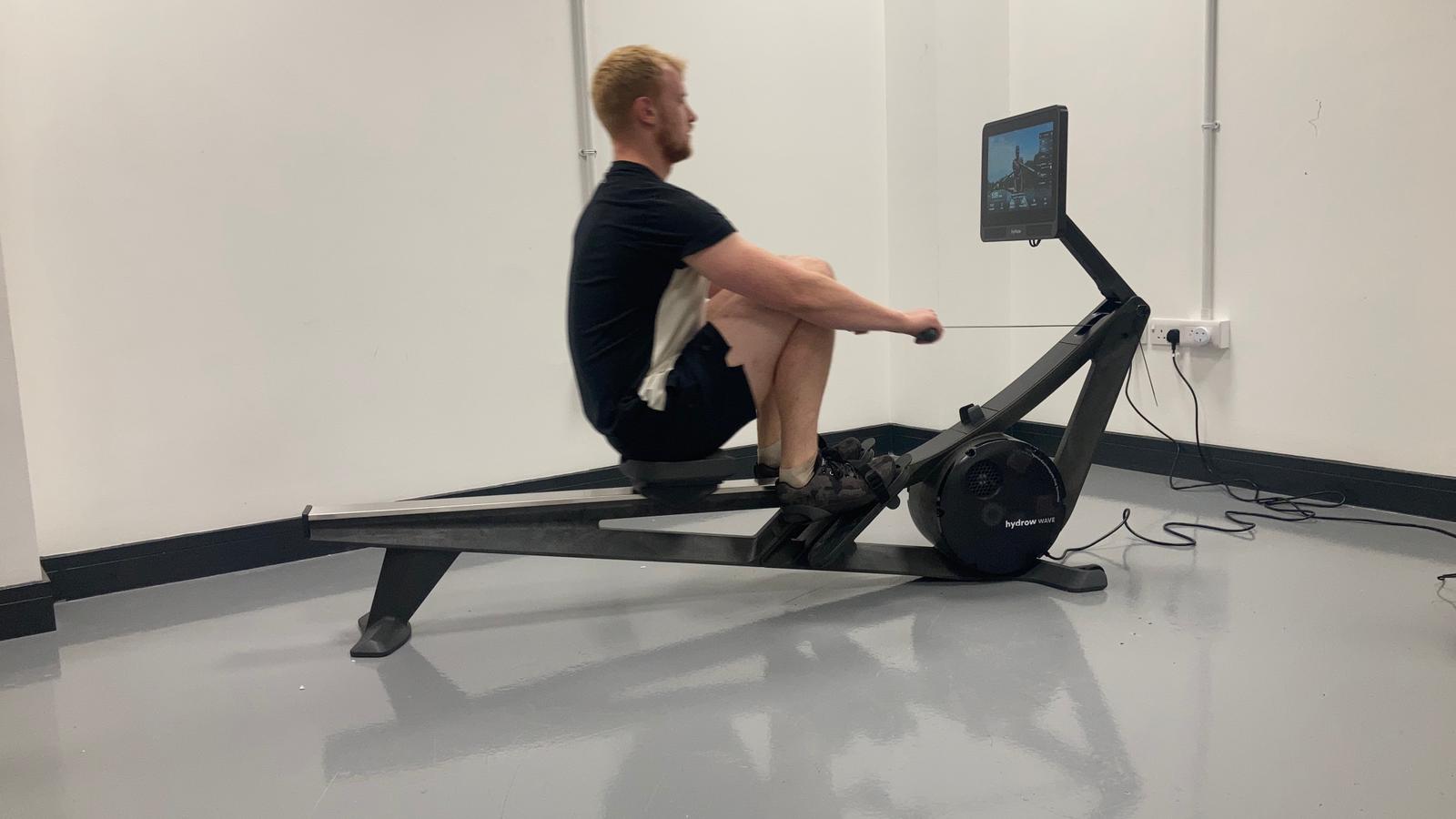
Unlike most of its competitors, which focus on studio classes or gamified sessions, Hydrow’s rowing workouts focus on bringing you aboard an expert coach’s boat for a more realistic on-water experience – an approach we found far more engaging than following along with an instructor in a neon-lit room on one of the best exercise bikes or treadmills.
The opportunity to work up a sweat while (virtually) traversing some of the world’s most beautiful waterways also proved more immersive, transporting us from our testing center to Loch Ness, Miami, or whichever picturesque location we chose.
The instructors are fantastic too. Where the over-enthusiasm of online coaches on other platforms can be grating, Hydrow’s expert ensemble of former Olympians and elite athletes bring a wealth of knowledge and personality to each session.
Like with the original Hydrow Rower, we still couldn’t find a ‘just row’ option where you can rack up the miles freely without having to take part in a structured session – unless you cancel or log out of your account. So, those looking to incorporate rowing into a circuit or cross-training routine are out of luck. But, with the quantity and breadth of sessions on offer, we doubt most users will miss this feature.
Value for money
As we’ve already established, the Hydrow Wave is a huge improvement on the Hydrow Rower when it comes to its MSRP – down $1,000 to $1,495. However, you do still have to fork out for the $38/month app membership if you want access to features other than a ‘just row’ option.
While this isn’t cheap, it’s similar to many gym memberships. But, rather than being left to your own devices, you are given one-to-one coaching in the comfort of your own home.
Verdict
We think the Hydrow Wave is a masterstroke from the fitness brand, maintaining the premium performance and impeccable app access of the original machine while improving on its previously problematic size, weight and price.
The HD touchscreen is slightly smaller (down from 22in to 16in) but we found this made very little difference to our overall experience. It also benefits from the same computer-controlled electromagnetic resistance as the inaugural machine, meaning it provided us with the dynamic ride of popular air rowers (the harder you pull, the more resistance you’re met with) without the usual noisiness.
As before, the Hydrow platform offers thousands of workouts from one minute to 45 minutes long, varying in type, duration and location.
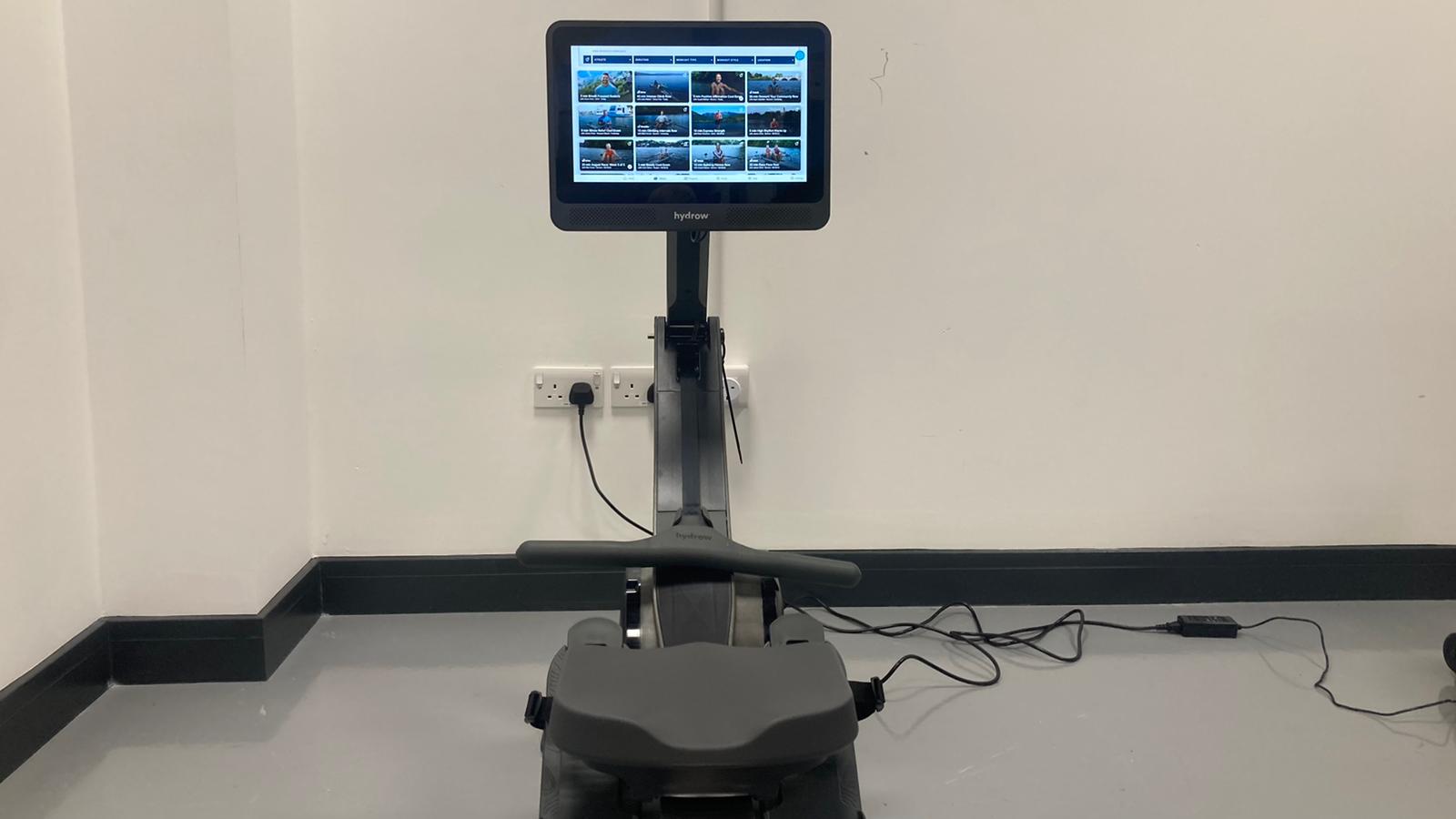
The rowing sessions focus on realism, filmed on the water in some of the world’s most idyllic locations. Personable expert coaches talk you through the focus of each session as they row along with you, helping you hit target paces and strokes per minute rates.
The addition of off-rower strength, yoga and Pilates sessions, and longer multi-session programs for those looking to take a more structured approach to improving their fitness and performance, are the icing on an already incredibly impressive cake.
So, if you’re after a fun and functional home workout tool to revolutionize your fitness routine while teaching you a new skill, we think the Hydrow Wave could be the machine for you.
Alternatives
Concept2 RowErg
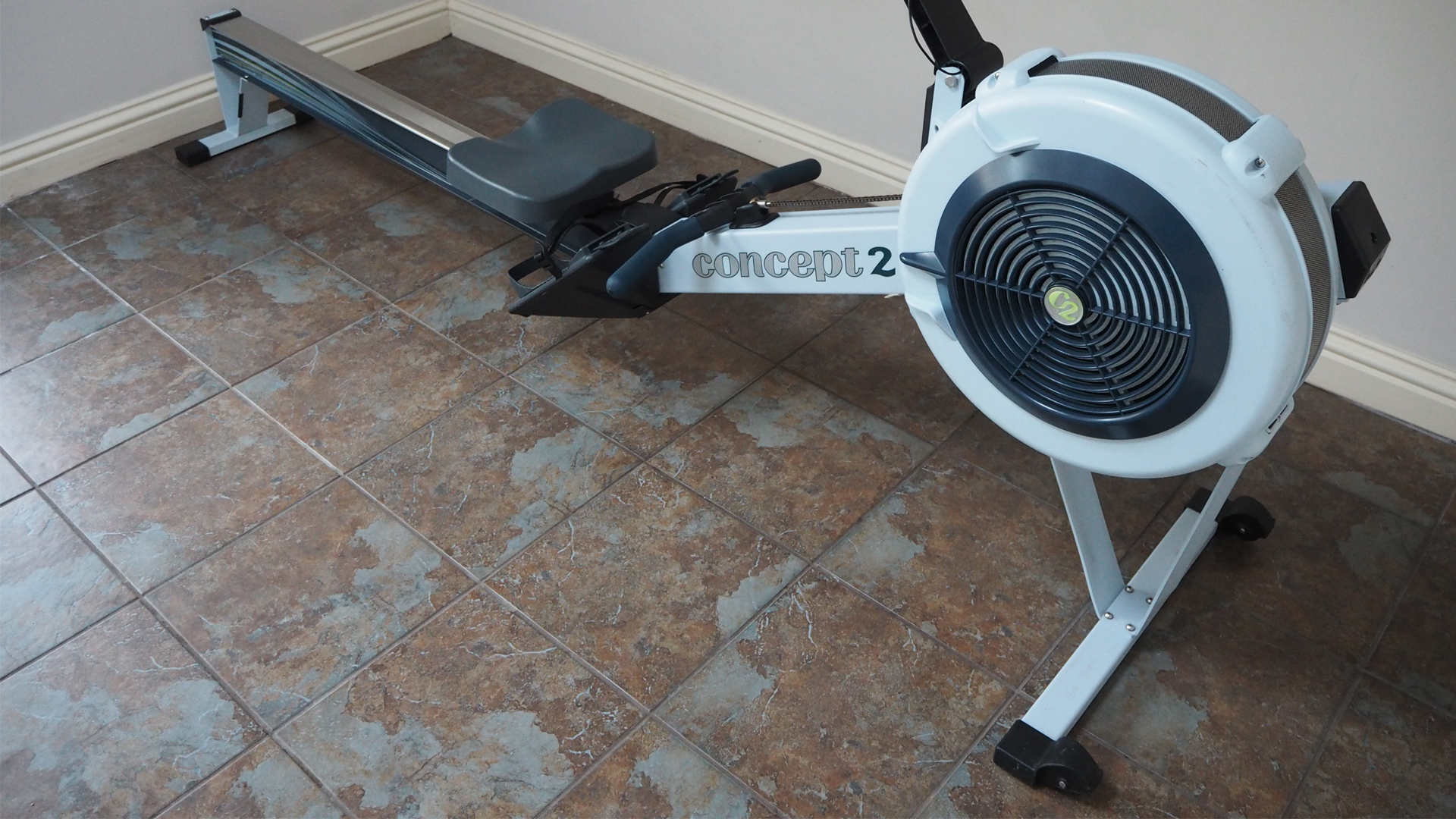
The Concept 2 RowErg is the industry standard for rowing machines, with C2 ergs found in boathouses, CrossFit boxes and commercial gyms across the world. This no-frills rower doesn’t require a mains outlet – ideal for shed or garage use – and offers a realistic stroke thanks to its air-based resistance.
It may only have a small, monochrome screen with a smattering of buttons on either side, but don’t let this basic appearance fool you. Here, you’ll find all the in-depth metrics you need for an intense rowing session. And, with no ongoing membership program, you only have to pay a one-off cost too.
Proform 750R
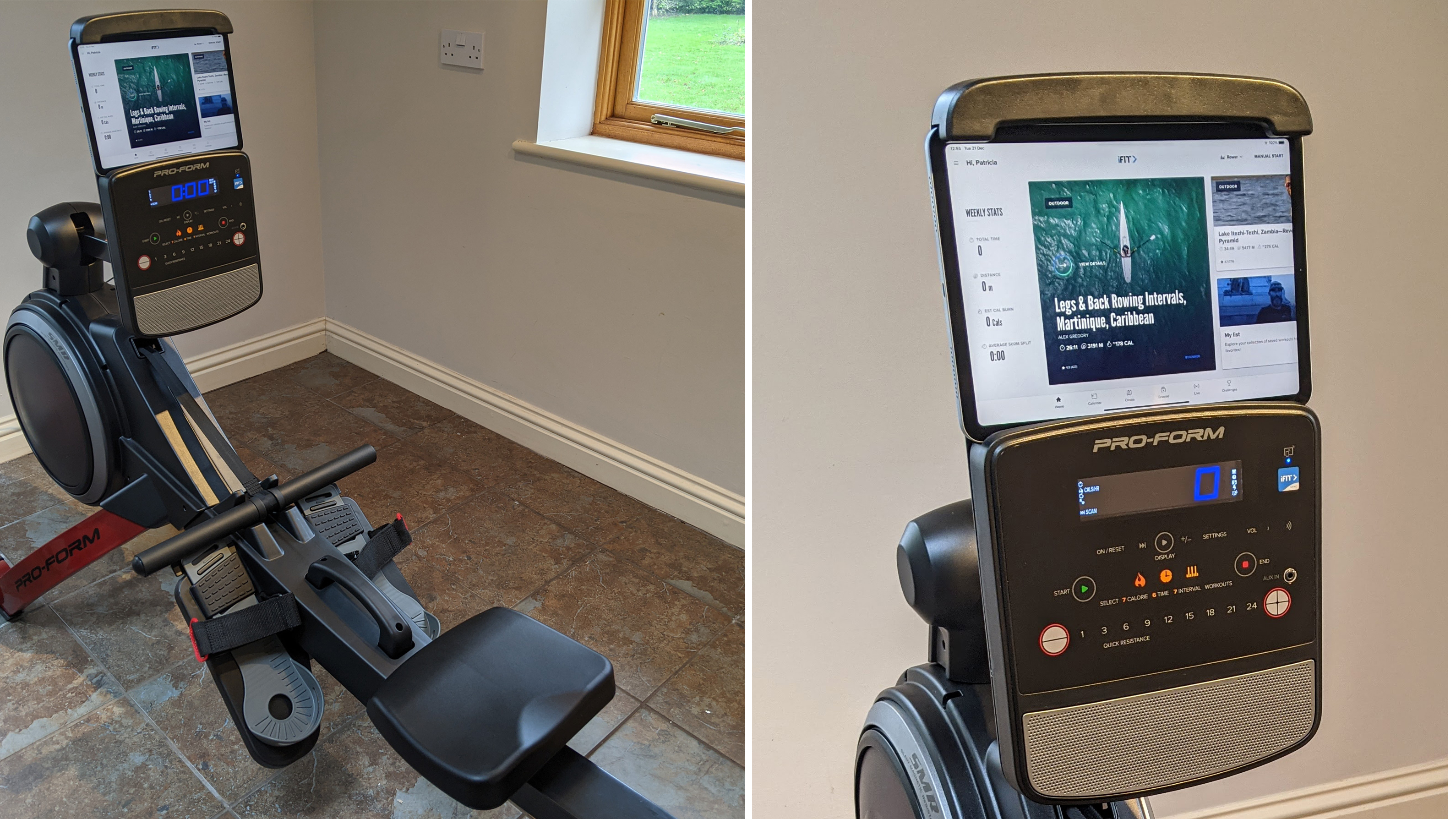
The ProForm 750R is a fantastic mid-range rowing machine, offering a robust build and smart features (via a phone or tablet) for a reasonable price. Its magnetic resistance means it’s neighbor friendly when it comes to noise, and instructor-led workouts will help motivate you to improve your fitness and performance.
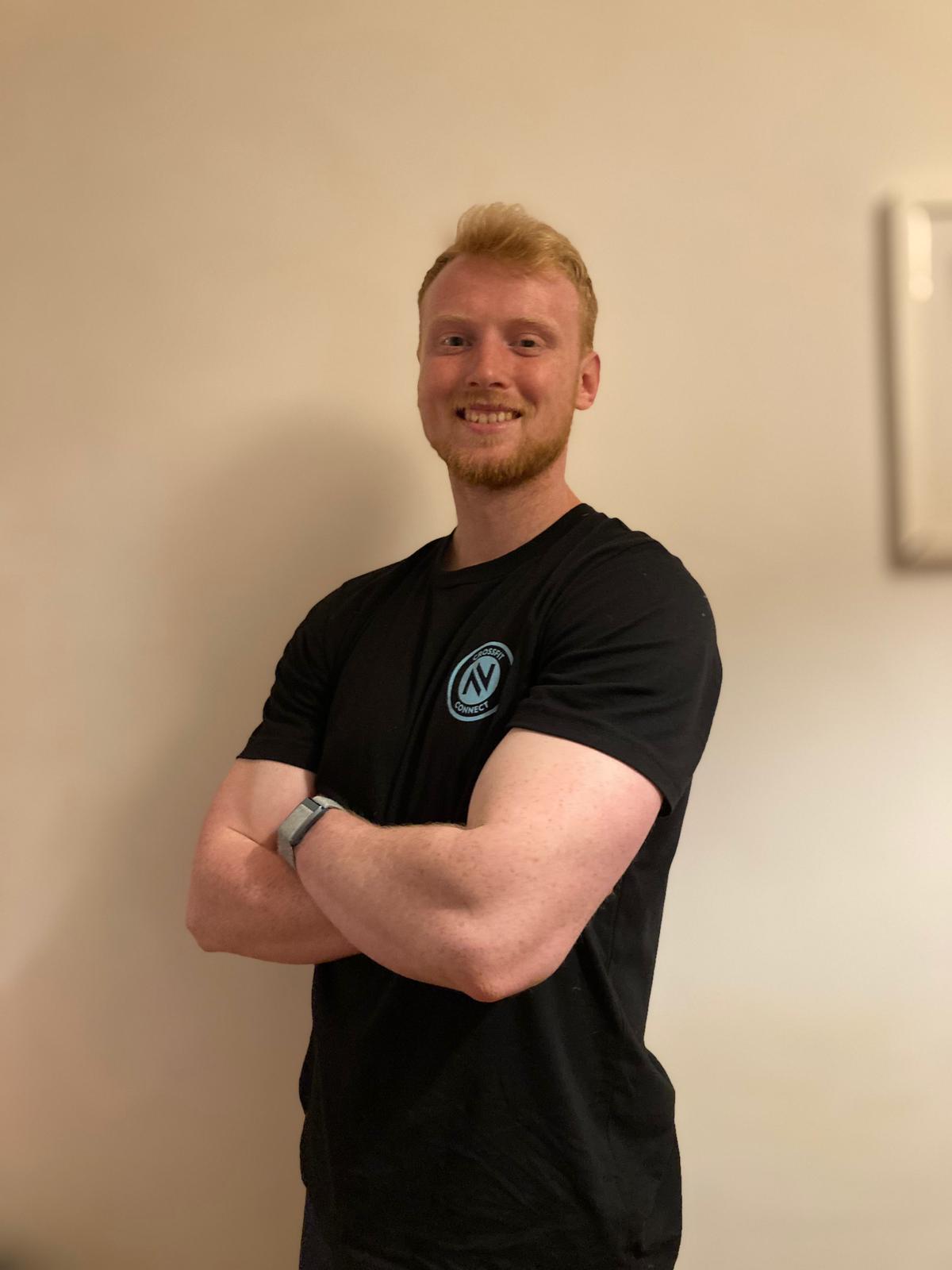
Harry Bullmore is a fitness writer covering everything from reviews to features for LiveScience, T3, TechRadar, Fit&Well and more. So, whether you’re looking for a new fitness tracker or wondering how to shave seconds off your 5K PB, chances are he’s written something to help you improve your training.
When not writing, he’s most likely to be found experimenting with a wide variety of training methods in his home gym or trying to exhaust his ever-energetic puppy.
Prior to joining Future, Harry wrote health and fitness product reviews for publications including Men’s Health, Women’s Health and Runner’s World. Before this, he spent three years as a news reporter with work in more than 70 national and regional newspapers.
